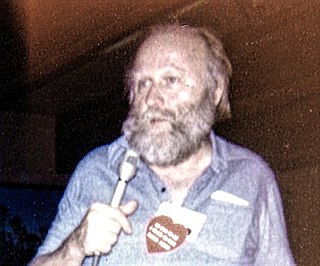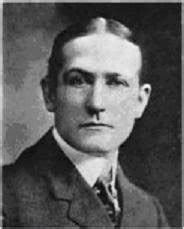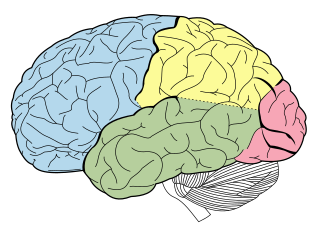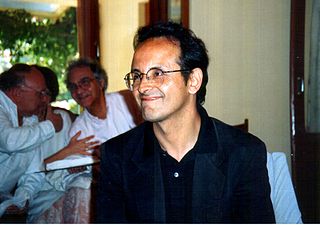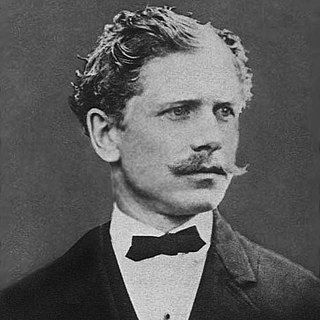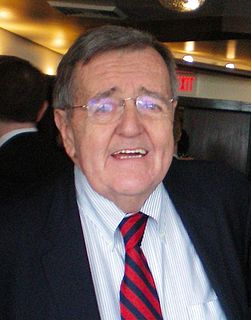A Quote by Dave Barry
It is a well- known fact that although the public is fine when taken individually, when it forms itself into large groups, it tends to act as though it has one partially consumed Pez tablet for a brain.
Related Quotes
We have mirror neurons that mirror other human beings. In other words, if I'm smiling it tends to make other people with me smile also. Whether I'm happy or lonely, I will tend to have happy or lonely friends. The same thing happens with actions; if I make an act of generosity it tends to be passed on down through society. So I see small groups as being very important in having an effect on large groups.
Zealous groups threaten to infringe civil liberties when they seek government support to impose their own religious views on nonadherents. This has taken many forms, including attempts to introduce organized prayer in public schools, to outlaw birth control and abortion, and to use public tax revenues to finance religious schools.
Governments, if they endure, always tend increasingly toward aristocratic forms. No government in history has been known to evade this pattern. And as the aristocracy develops, government tends more and more to act exclusively in the interests of the ruling class -- whether that class be hereditary royalty, oligarchs of financial empires, or entrenched bureaucracy.
The brain is really hard to see. The whole thing is very large - the human brain is several pounds in weight - but the connections between brain cells, known as synapses, are really tiny. They're nanoscale in dimension. So if you want to see how the cells of the brain are connected in networks, you have to see those connections, those synapses.
The work that launched Snohetta into the architectural big leagues was their Oslo Opera House, which will certainly rank among the firm's highlights whatever else they may do. Although this is by any measure a triumph of city planning, the building itself is not quite a masterpiece, though very fine indeed.
But if the brain is not like a computer, then what is it like? What kind of model can we form in regard to its functioning? I believe there's only one answer to that question, and perhaps it will disturb you: there is no model of the brain, nor will there ever be. That's because the brain, as the constructor of all models, transcends all models. The brain's uniqueness stems from the fact that nowhere in the known universe is there anything even remotely resembling it.
The emergence of a unified cognitive moment relies on the coordination of scattered mosaics of functionally specialized brain regions. Here we review the mechanisms of large-scale integration that counterbalance the distributed anatomical and functional organization of brain activity to enable the emergence of coherent behaviour and cognition. Although the mechanisms involved in large-scale integration are still largely unknown, we argue that the most plausible candidate is the formation of dynamic links mediated by synchrony over multiple frequency bands.





